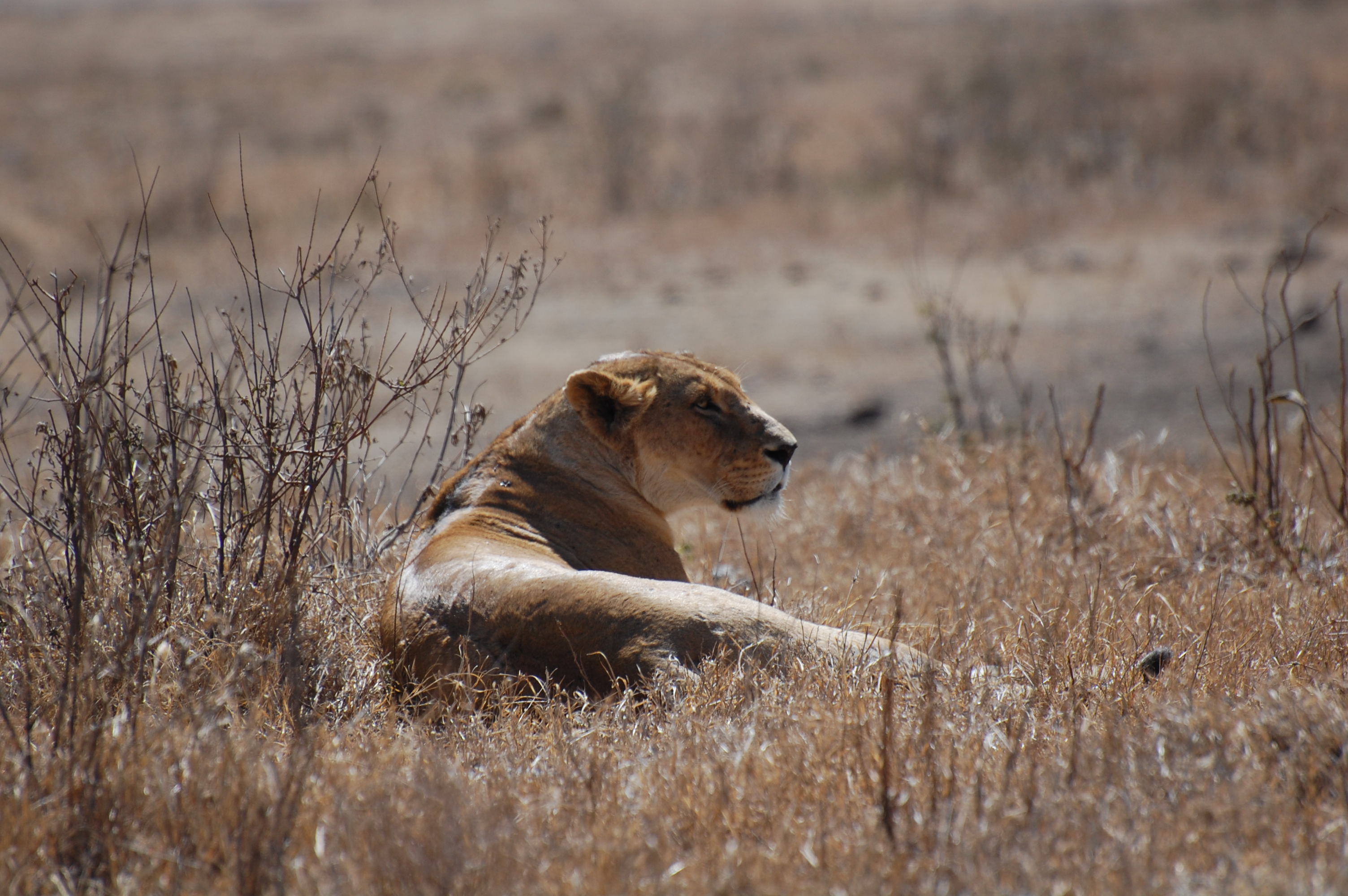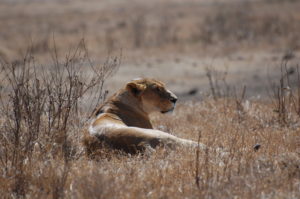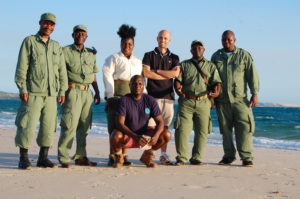
Conserving biodiversity and establishing and managing protected areas costs money. The Goal 3.4 of CBD is: “To ensure financial sustainability of protected areas and national and regional systems of protected areas”.
A preliminary assessment recently conducted under the auspices of the High-level Panel on Global Assessment of Resources for Implementing the CBD Strategic Plan estimated that the global investment required ranges between 130 and 440 billion US$ annually. In Africa, this situation can become dramatic, as national governments often do not have sufficient resources to cover the effective financial needs.
Then, the well-being and livelihood of people strongly depend on natural resources and it can imply fast and unmanaged exploitation of goods and ecosystems services.
Africa, as known, strongly depends on international donors, also in the field of nature conservation. The traditional project approach is based on strong donations, mostly managed by international bodies (UN agencies, NGOs, etc.). UNEP (2006) considers these as the major reasons for the failure of the old way to manage conservation projects:
- They are based on projects and when the project ends, very often the programme or the activities die with it;
- They are too dependent on “donor” funding and when the “donor” is not interested anymore, the programme ends, and
- Environment and development continue to be seen as two different issues.
In brief, conservation projects in Africa are generally not self-sustainable, from a financial point of view. Then, financial resources are used and dispersed during the project life cycle, without creating any flywheel to permit, in the long term, to generate revenues.
The most well-known programme at the global level is the
Biodiversity Finance Initiative – BIOFIN, a new global partnership seeking to address the biodiversity finance challenge in a comprehensive manner – building a sound business case for increased investment in the management of ecosystems and biodiversity.
BIOFIN is managed by the UNDP and 4 African countries participate in this initiative. Moreover, UNDP promotes additional conservation projects to improve the sustainable financing of protected areas systems.
One example is the PROFIN, “sustainable financing of protected areas system in Mozambique” Project, implemented in one of the poorest countries in Africa. PROFIN, under the supervision of UNDP Mozambique Country Office, is managed by the National Agency for Protected Areas (ANAC), WWF Mozambique and Carr Foundation, the managing body of Gorongosa National Park.
PROFIN analyzes different aspects, such as the Protected Areas System, the theoretical and operational basis of the financial planning, the current situation, future needs, also providing suggestions and recommendations to improve fundraising, as well as financial management.
The main results of the project show that the total annual budget for the PAs system is insufficient to correctly managed it, more than 80% of which is provided by international donors and just 2 areas (on a total of 18) present optimal levels of consolidation; currently the ANAC is able to close the gap to achieve a basic level for all the PAs, but the current revenue generation and collection systems are not effective or efficient and the current financial management system is not sufficiently adequate to address all the necessary related activities. The next years will be crucial for parks managers in Mozambique, as they should improve their financial management and found-raising system, taking into account some basic suggestions, such as looking for new partnerships to raise funds and manage them; reforming the legal and operational revenue generation framework; restructuring the fees collection system.
Giacomo Cozzolino is the former Project Technical Adviser of PROFIN.
 During the European Green Week (EGW), the “Reforming fiscal policies to combat climate change” Conference took place in Brussels. This event examined the role of fiscal policies in implementing the Paris.
During the European Green Week (EGW), the “Reforming fiscal policies to combat climate change” Conference took place in Brussels. This event examined the role of fiscal policies in implementing the Paris.

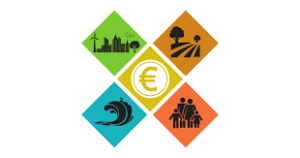 During the European Green Week (EGW), the “Investments that make it happen” Conference took place in Brussels. Innovative ideas and concrete solutions to finance green initiatives were discussed during the third day of the EGW.
During the European Green Week (EGW), the “Investments that make it happen” Conference took place in Brussels. Innovative ideas and concrete solutions to finance green initiatives were discussed during the third day of the EGW.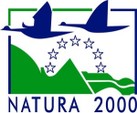
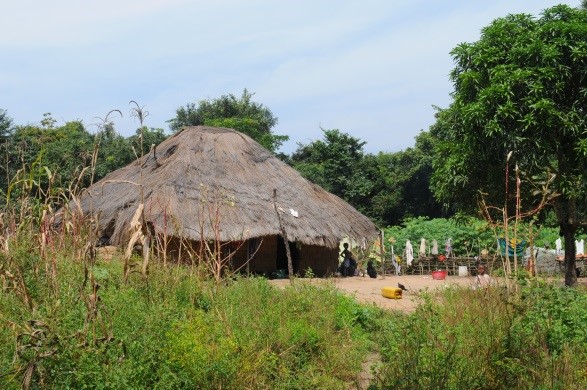
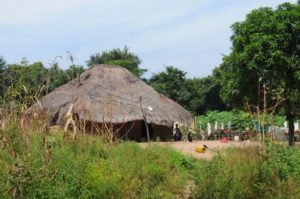 Guinea-Bissau is a small country in West Africa with a total area of 36,125 square kilometers (km2) and an estimated population of 1,700,000 inhabitants. It is one of the poorest countries in the world (70% of the population live below the national poverty line and 33% live in extreme poverty) and has one of the lowest Human Development Index (HDI) scores.
Guinea-Bissau is a small country in West Africa with a total area of 36,125 square kilometers (km2) and an estimated population of 1,700,000 inhabitants. It is one of the poorest countries in the world (70% of the population live below the national poverty line and 33% live in extreme poverty) and has one of the lowest Human Development Index (HDI) scores.
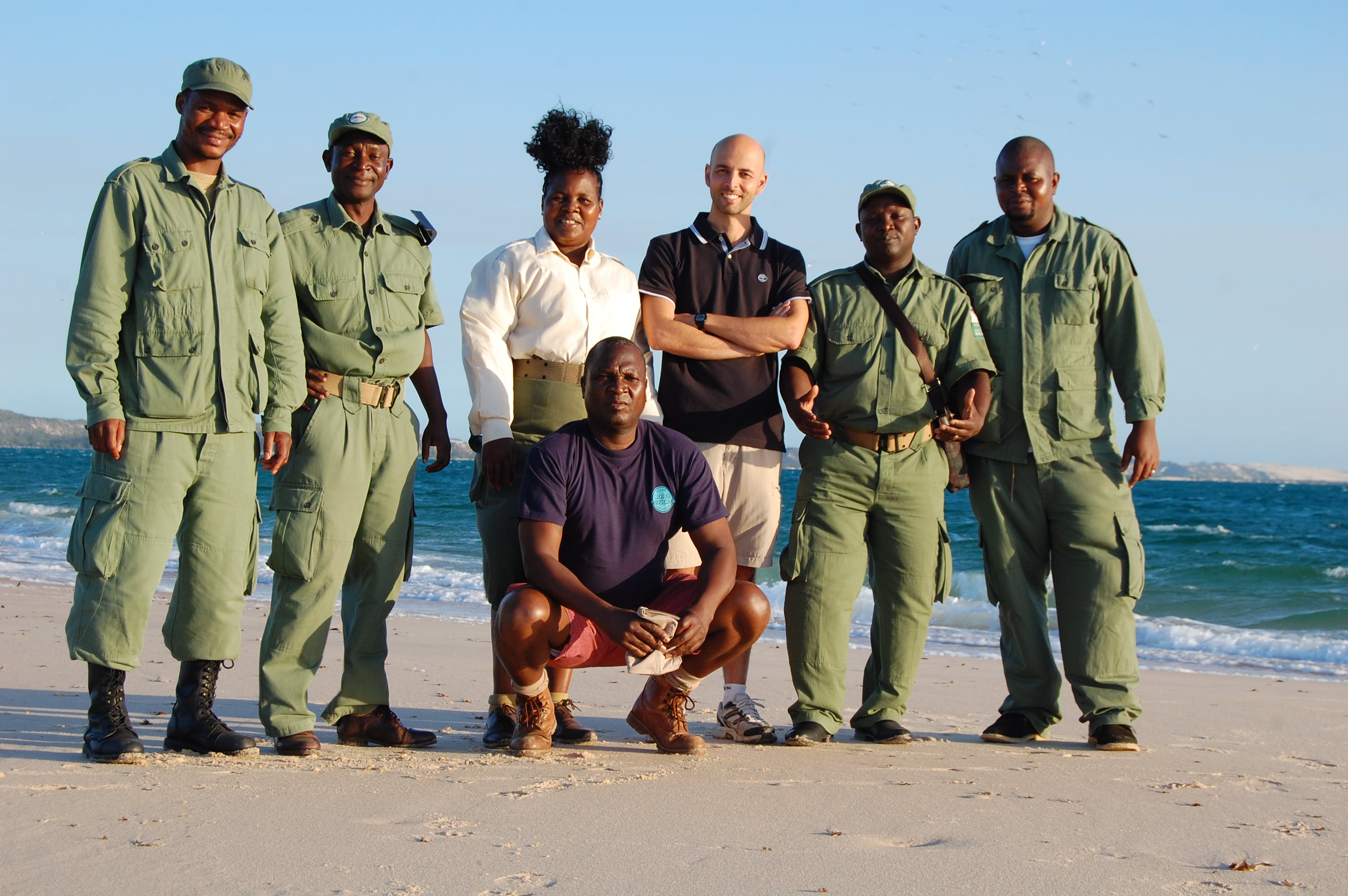
 Conserving biodiversity and establishing and managing protected areas costs money. The Goal 3.4 of CBD is: “To ensure financial sustainability of protected areas and national and regional systems of protected areas”.
Conserving biodiversity and establishing and managing protected areas costs money. The Goal 3.4 of CBD is: “To ensure financial sustainability of protected areas and national and regional systems of protected areas”.